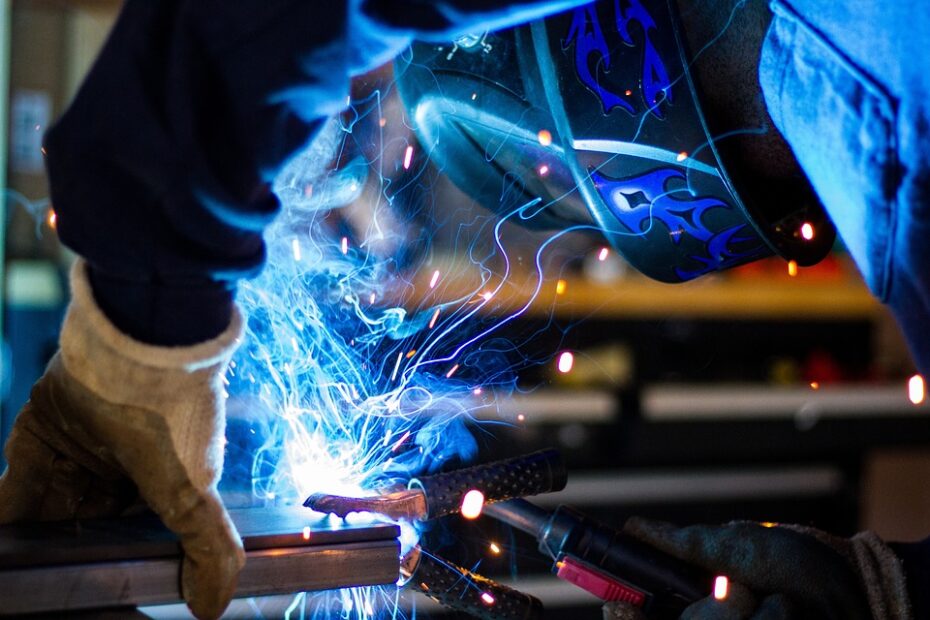Here are 10 Rules for Construction Safety that should be followed to keep workers and visitors safe to prevent injuries, accidents, and other health issues at a construction site:
1. Always wear PPE
To limit exposure to numerous hazards on the Jobsite, all workers and visitors at the construction site should wear the necessary PPE. Goggles, helmets, gloves, earplugs or muffs, boots, high visibility vests, and suits are examples of common PPEs.
2. Pay attention and obey signs
Safety signs allow management to inform and increase visitors’ and employees’ understanding of health and safety. Where necessary, strategically deploy them across the area. Construction site safety guidelines and various signs, such as warnings, prohibitions, safe conditions, and fire fighting equipment signs, should be known to workers.
3. Give precise directions
There should be a contractor or site induction present. New employees will be able to become accustomed to site operations as a result. Moreover, the workers can receive health and safety instructions effectively by using toolbox lectures. It is done either every day or more frequently before work starts.
4. Keep the area neat
Make sure that the excavation and backfilling site is not littered with debris, dust, loose nails, and stagnant water. Therefore, to aviod slips and trips, the building site needs to be cleaned every day and kept clear of clutter.
5. Properly arrange and keep tools
Make sure no tools are laying around and unplug all lights and power tools. Following safety regulations on construction sites will assist avoid damage to equipment or even worker injuries. Moreover, putting them in their proper locations will help make navigation simpler.
6. Use the appropriate tools for the task at hand.
Misuse of a tool or piece of equipment is a common cause of accidents. Don’t use improvised tools. Use the proper instrument to complete the task instead to make it faster and safer.
7. Establish an emergency action plan.
The workforce is instructed on what to do in the event of catastrophes such as fires, explosions, spills of hazardous materials, or other types of incidents through an emergency response plan. Moreover, establish a specialized team to handle emergencies, respond to inquiries, and report any potential dangers, quality problems, or near-misses.
8. Install safety measures.
The installation of engineering controls, such as barriers, fences, and safeguards, is one method of ensuring site safety. These will aid in separating people from dangerous environments such as those with high-voltage electricity or substances that emit toxic fumes.
9. Perform equipment and tool pre-checks.
Make sure the tools and equipment are in good condition before you start working.
10. Express concerns right away.
Workers should be instructed to report errors and near-misses on the spot as soon as they are observed. Only when problems are brought to management’s attention can they be resolved. The sooner problems are detected, the less likely it is that they will get worse and result in mishaps or additional damage.
Your One-Stop Work Gear & Equipment Shop: SafetyCulture
By using SafetyCulture Marketplace as your one-stop shop for all work gear and equipment requirements, you can increase safety in your workplace. Get convenient, on-demand access to high-end, specialized work equipment from well-known equipment manufacturers. Therefore, allowing staff to quickly and easily request what they need from wherever at any time would raise the bar for safety and efficiency.
More on INJ Architects:
Recycling and Upcycling in Architecture: A Sustainable Choice
